Situated 1300 kilometers above the Arctic Circle, Svalbard is not for the faint of heart. But those who make the trip are richly rewarded with untouched nature, bright blue glaciers, and vistas of snow-capped mountains and the wild northern seas as far as the eye can see.
Svalbard, Norway sits between the 74th and 81st latitudes north, and it’s made up of nine main islands plus islets and fjords aplenty.
Svalbard 101
Spitsbergen is the only populated island of the remote Svalbard archipelago, with a population of about 3000. A human population that is – the island is also home to polar bears, reindeer, and seals. Plus, whales inhabit its waters.
On the human-populated island of Spitsbergen sits the famous Global Seed Vault and the world’s northernmost city; Longyearbyen, with a population of around 2,100. Other, smaller Svalbard settlements are Barentsburg (a mining community home to about 450 people), Pyramiden (a Russian community home to approximately ten people), Ny-Ålesund (an international scientific base), and Hornsund (a Polish scientific base).
The weather across Svalbard is frigid year-round. If you’re ready to take it on and visit, your destination will likely be Longyearbyen. December temperatures in Longyearbyen average between -14 and -8 degrees Celsius. Long periods of cold (we’re talking temperatures between -30 and -20 degrees Celsius) are not unknown. July is Longyearbyen’s warmest month, with temperatures averaging between 5 and 9 degrees Celsius.
Svalbard photos to spark your wanderlust
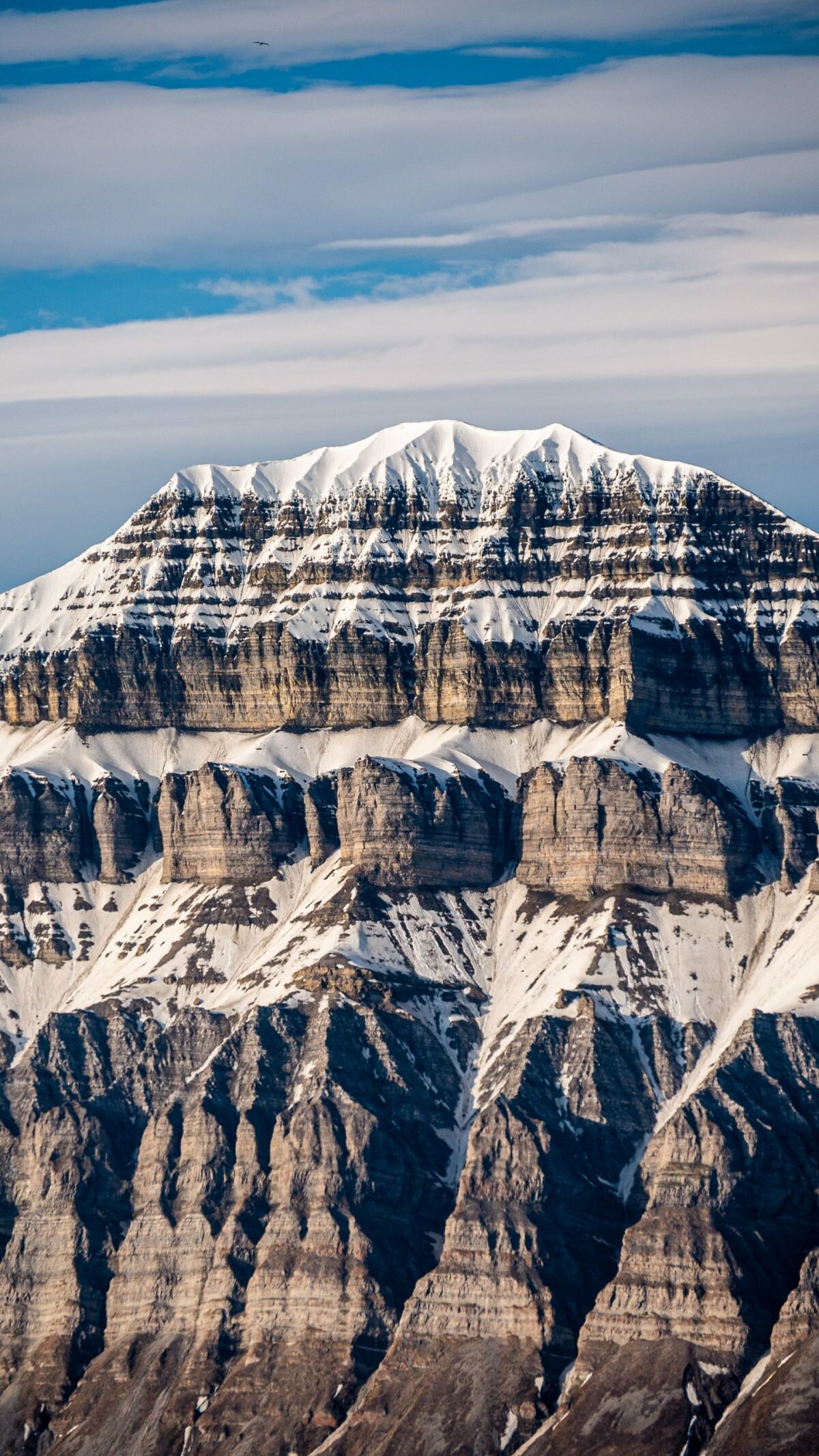
There is no shortage of snow-capped mountains across this Arctic oasis.
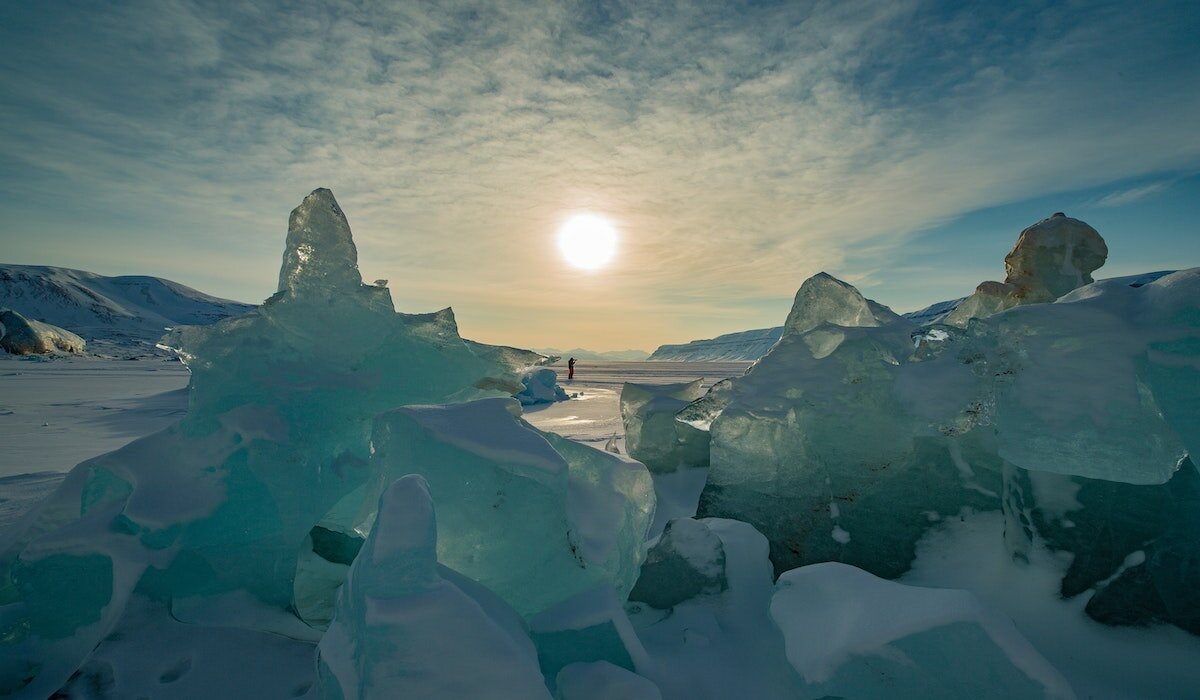
The ice and the sun mingle on Svalbard. When they have a chance to do so, that is. Svalbard features the “polar night” (a period when the sun doesn’t rise, due to the proximity to the North Pole) for almost half the year. During the other half of the year, though, the sun doesn’t set due to the “midnight sun” phenomenon.
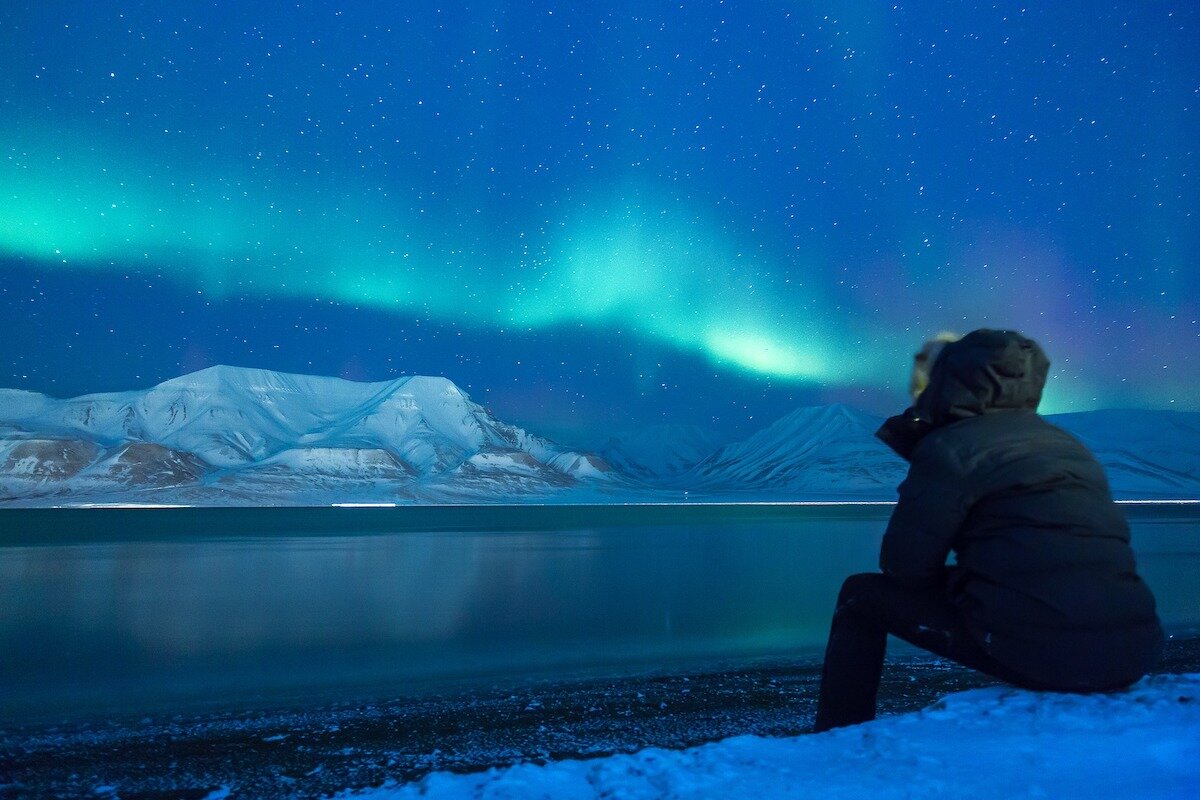
During the polar night, the northern lights regularly shine over Svalbard.
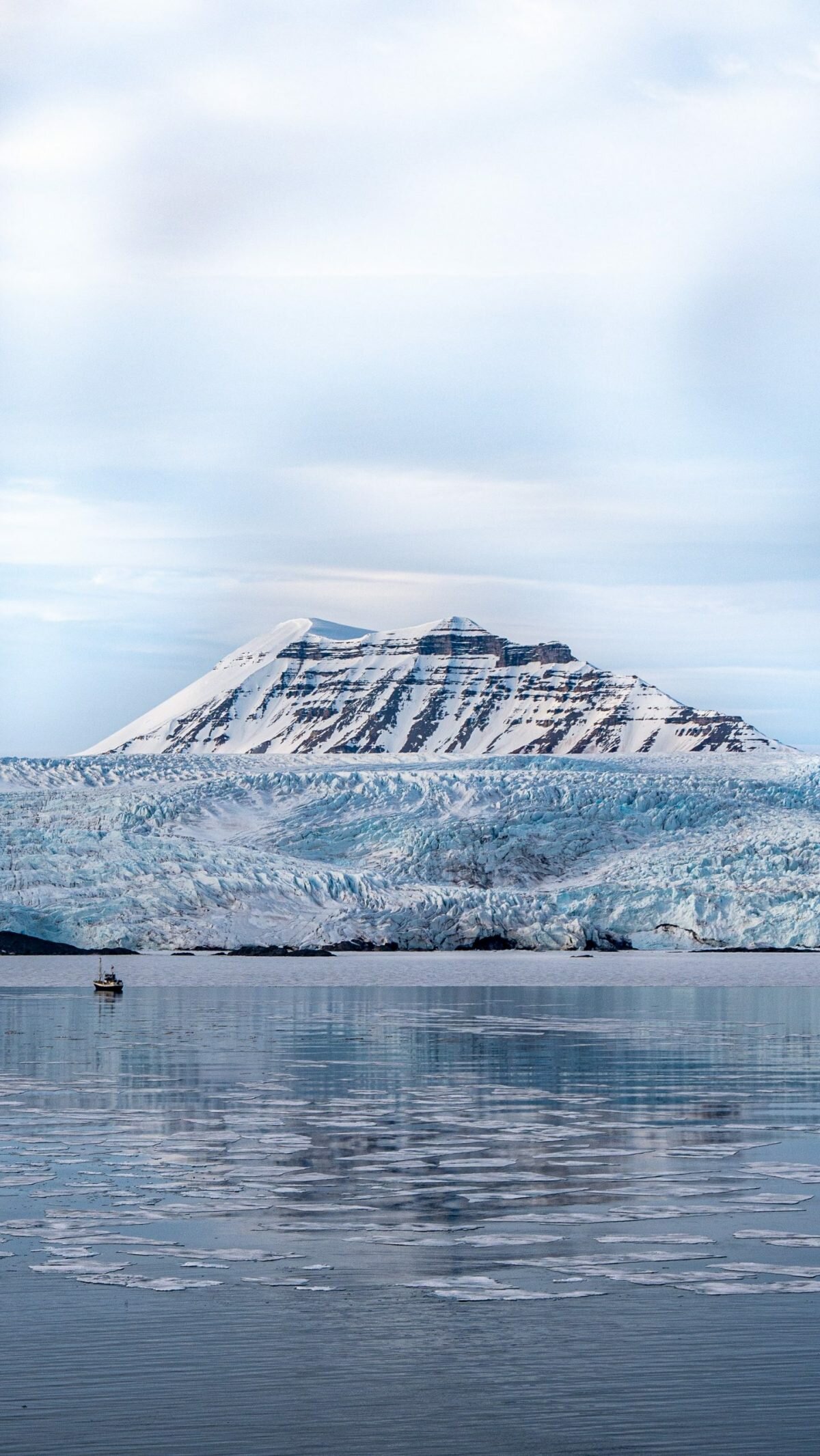
The icy blue hues of Svalbard are out of this world.
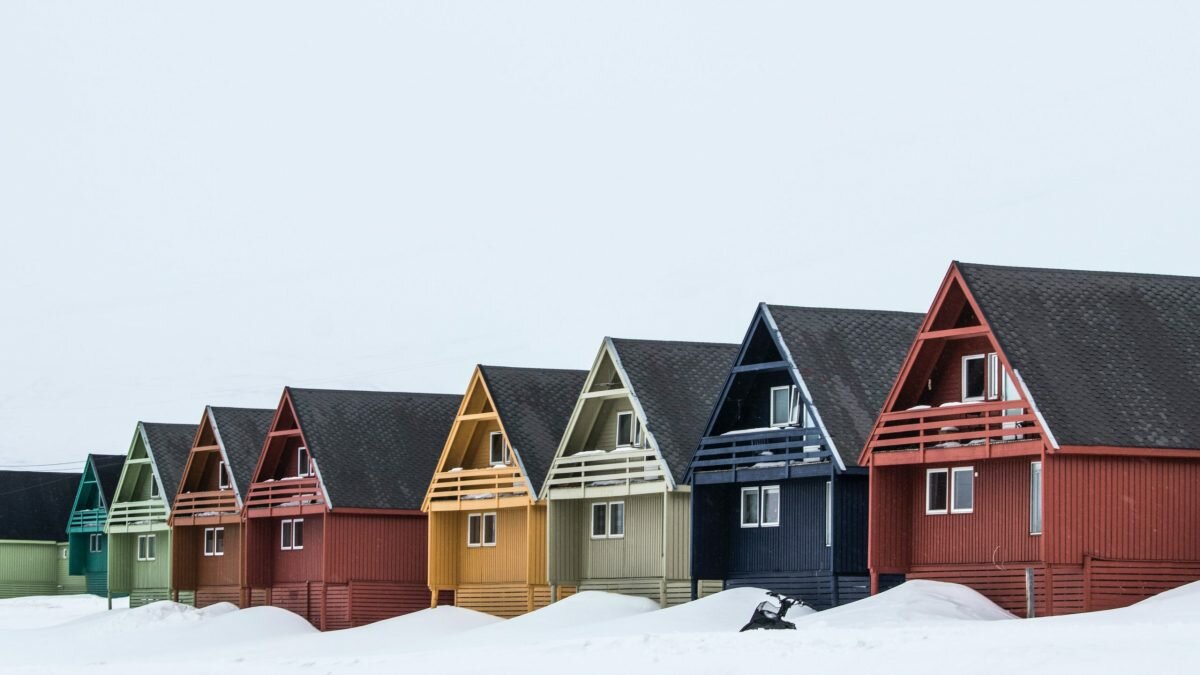
Colorful houses light up the town of Longyearbyen.
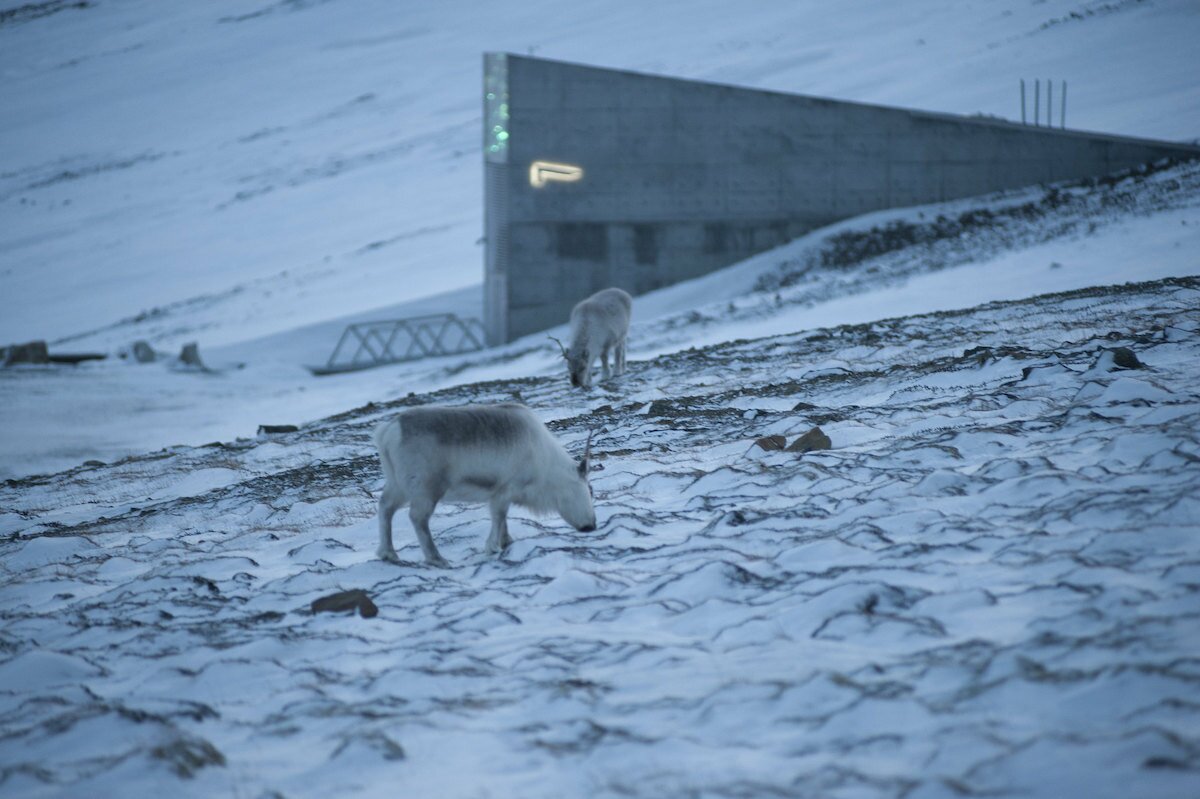
Reindeer in front of the Svalbard Seed Vault, opened by the Norwegian Government in February of 2008. Other than being a site of scientific research, the Seed Vault is just that; a secure facility that aims to ensure the survival of plant species, especially in the case of a large-scale natural or artificial disaster. Hence, its nickname as the “Doomsday Vault.” As the largest and most diverse seed security facility in the world, it’s home to around 1 million seed samples and plant specimens from almost every country on Earth.

Black guillemots mingle on the cliff at Alkefjillet in Svalbard.
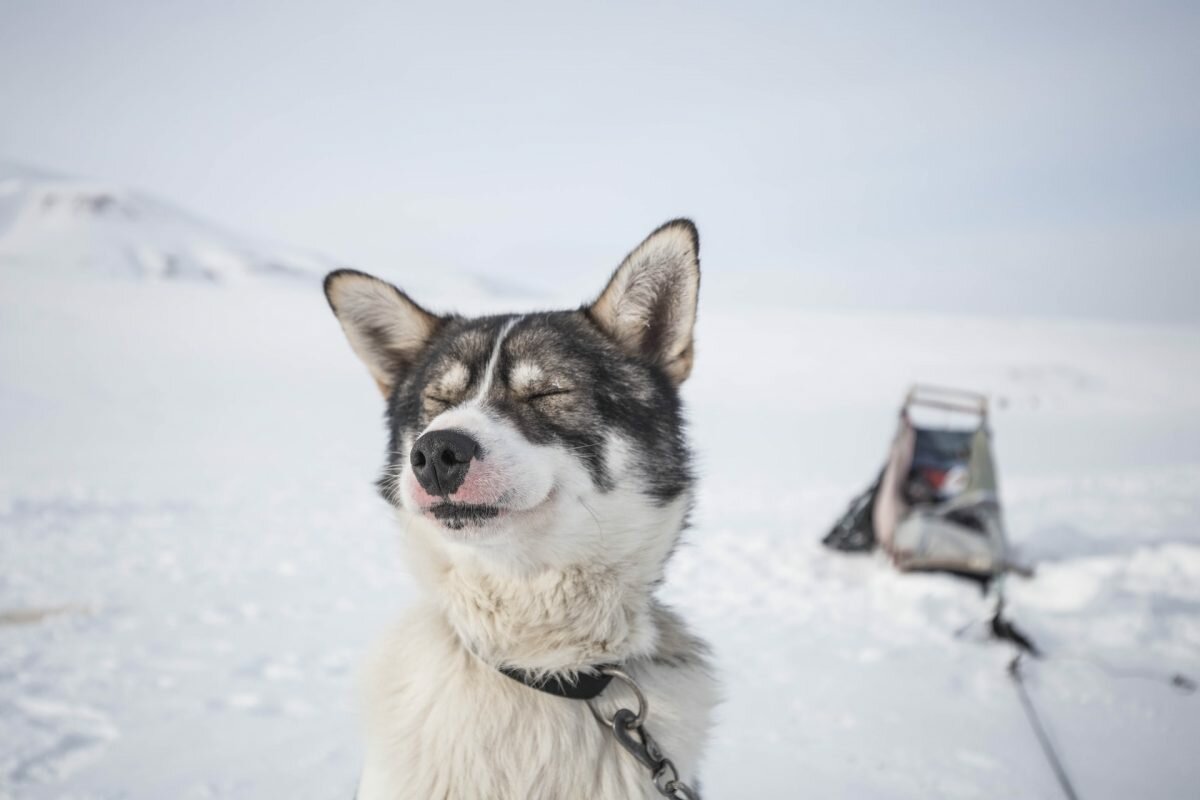
Huskies are some of Svalbard’s hardest workers. And – you can meet them yourself by booking a dog sled ride.
Svalbard in the sun is a special kind of beautiful…
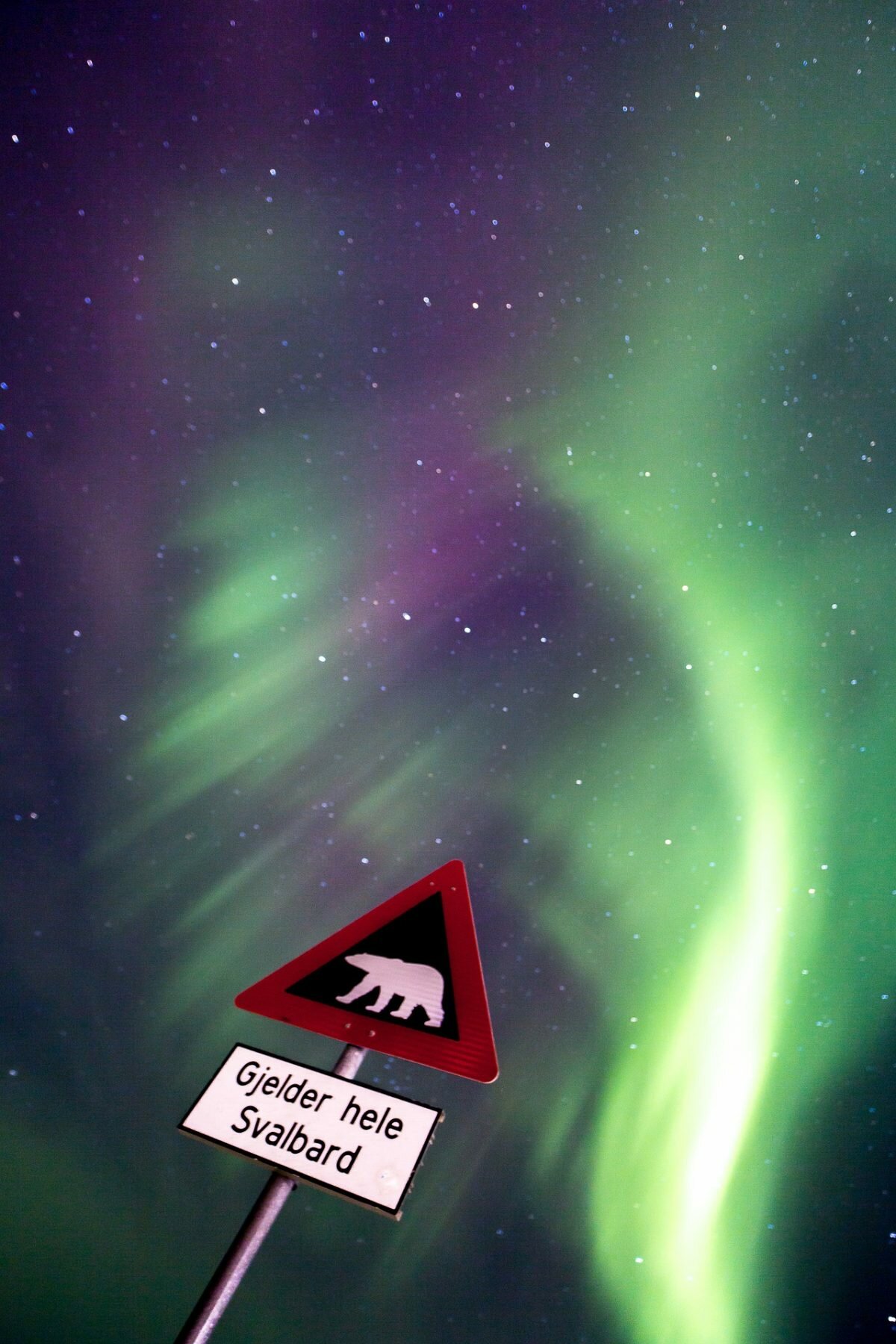
… But so is Svalbard in the dark! This is a place where no one is allowed to leave inhabited areas without an expert guide. After all, polar bears are dangerous and wild animals – and they roam the area freely.
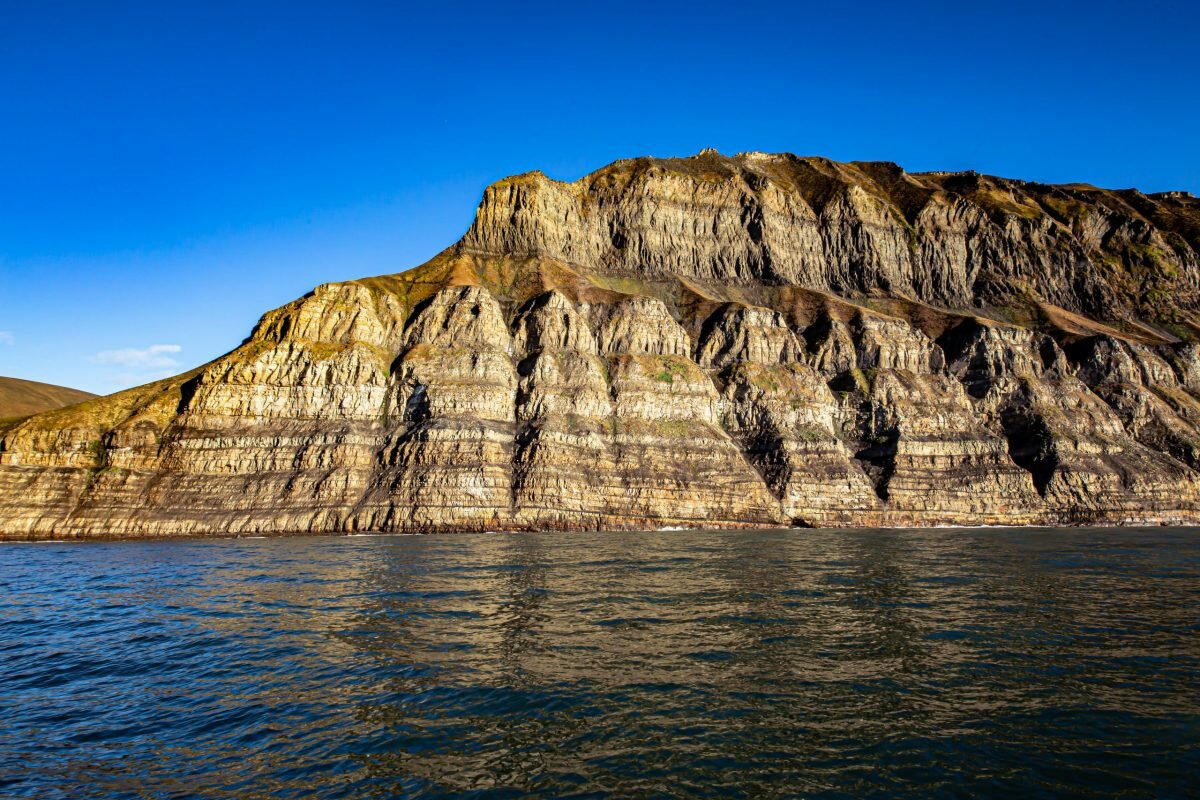
Late summer days can bring out the earthy colors of Spitsbergen.
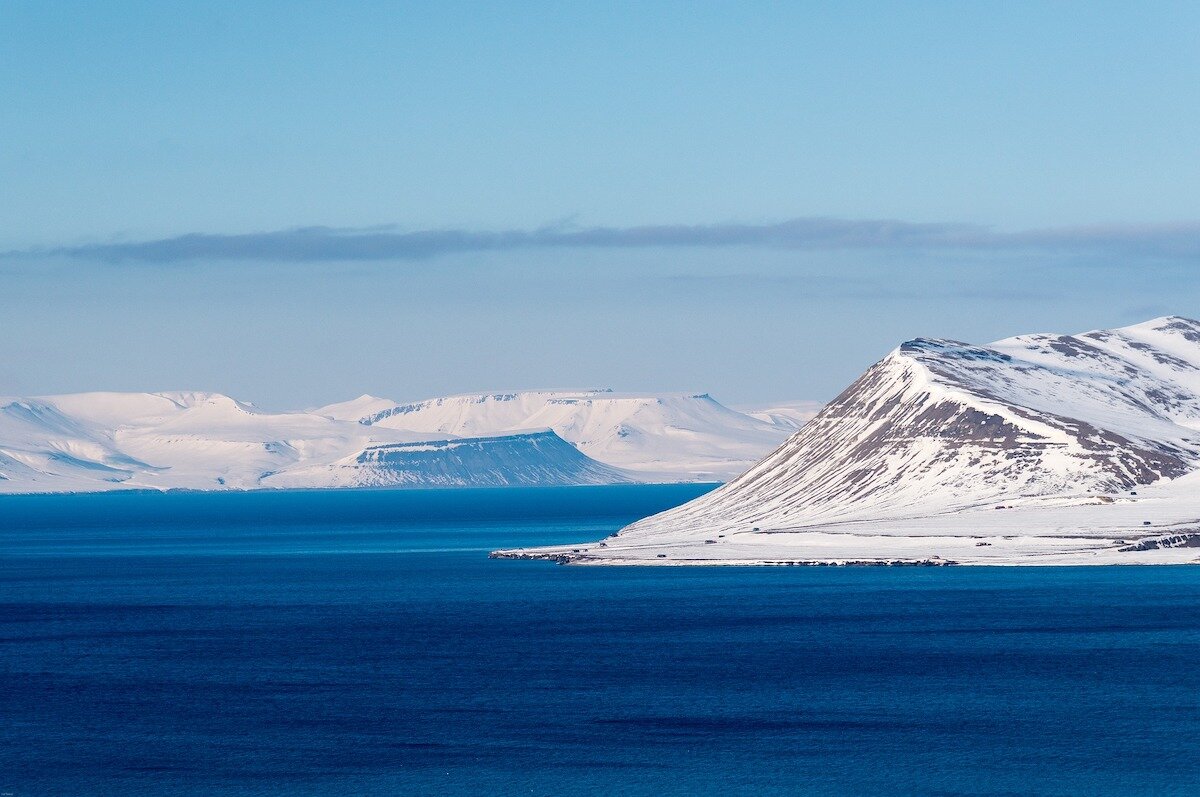
The striking snow-blanketed coast of Svalbard.
Glacier-watching is the new bird-watching on Svalbard.
Source: #NorwayTodayTravel
Do you have a news tip for Norway Today? We want to hear it. Get in touch at info@norwaytoday.no



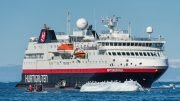

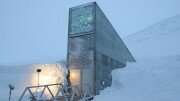
Norway and especially Svalbard are some of the world’s greatest treasures. The people of Norway are so fortunate to live in such a beautiful environment?